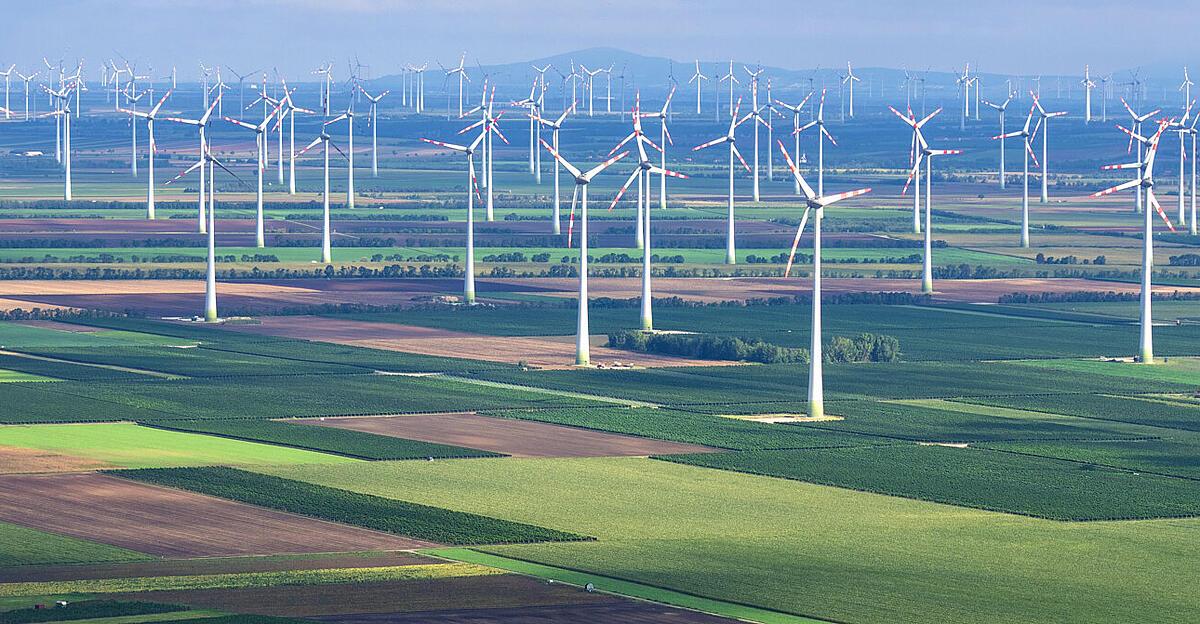During the first 123 days of the year, Austria can mathematically cover its energy needs from natural sources (wind, water, sun). 90 percent of it is produced locally. For the rest of the year, the country relies on fossil fuels such as oil, coal and natural gas. In 2023, natural gas worth €4.3 billion was imported, including from Russia. “Exit provides the opportunity for greater domestic value creation and greater self-determination in our energy supply,” Guenter Baurich of the Austrian Energy Agency said on the occasion of the data presentation.
In electricity generation, the share of renewable energy sources is 75 percent, in heat it is 31 percent, and transportation comes in behind with 10 percent. The expansion of photovoltaics has increased dramatically, while the expansion of wind power is progressing more slowly, according to the IEA. The number of gas heaters installed is declining, but there is an increase in heat pumps.

“Total coffee aficionado. Travel buff. Music ninja. Bacon nerd. Beeraholic.”










More Stories
Wealthy families take more risks when it comes to money.
Salesforce and NVIDIA Form Strategic Collaboration to Drive AI Customer Innovation
Changing banks causes problems for customers